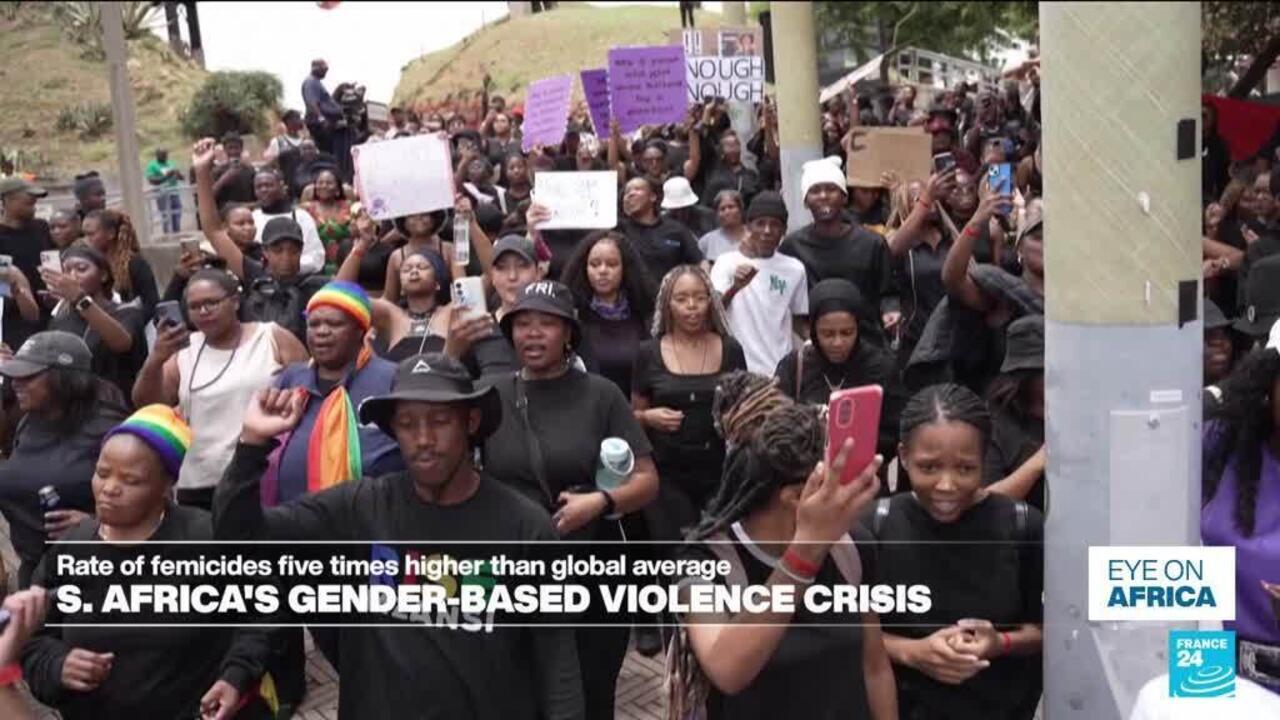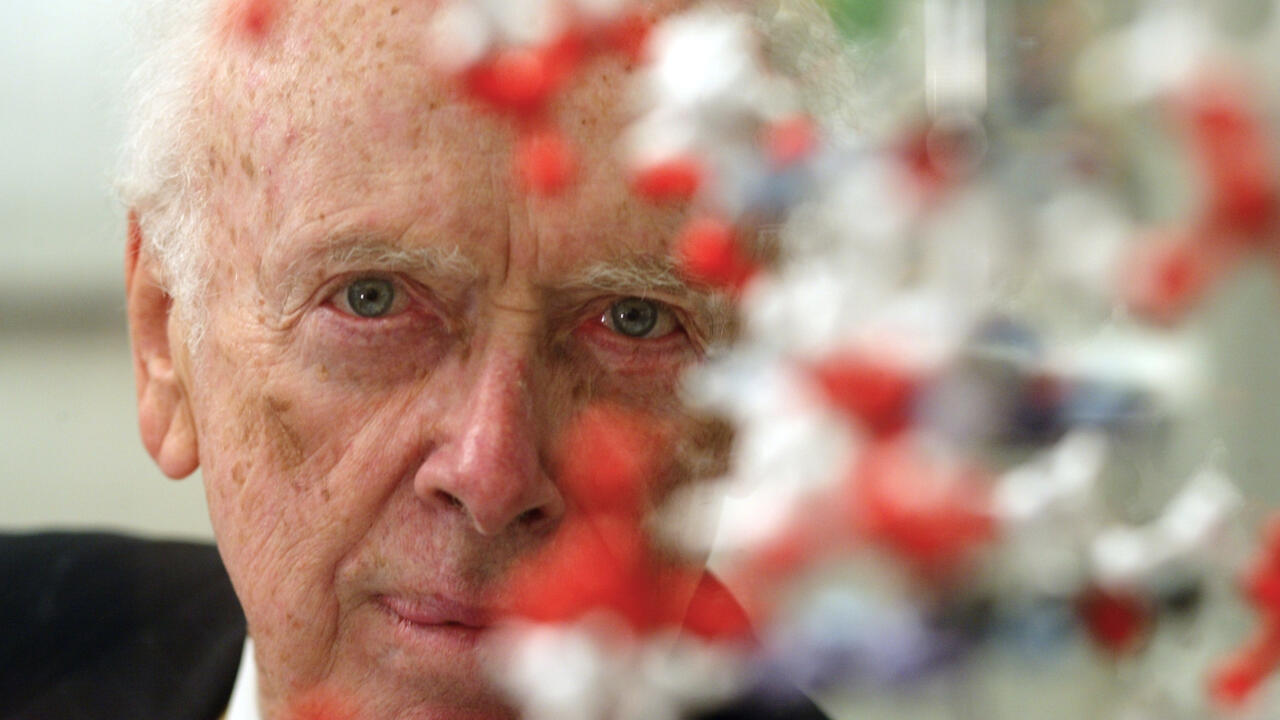As President Donald Trump prepares to meet Chinese leader Xi Jinping in South Korea on Thursday, Beijing has just concluded its most important political event of the year. Xi emerged triumphant, strengthening his hand ahead of what could be the most consequential diplomatic showdown of 2025.
The stakes are enormous. Bilateral trade is nearly $600 billion. Markets continue to remain jittery about the U.S.-China trade spat, even after cabinet officials patched together a series of rolling truces earlier this year as stopgap measures before a presidential sit-down.
Officials from both countries drafted a framework agreement over the weekend that would delay some tariffs and export-control measures and announce progress on fentanyl cooperation, soybean purchases, and TikTok. (Reuters reported that China has already bought its first cargoes of American soybeans.) But Washington has yet to secure Beijing’s cooperation on major global issues or tackle the deeper economic disputes.
The White House seems at times to believe that Xi holds a bad negotiating hand. U.S. officials appeared surprised when Xi declined to call Trump after an initial tariff volley in February. They assumed Beijing would fold after Washington threatened reciprocal tariffs of 145% in April.
But the present looks very different from January 2020, when Trump’s team clinched the “Phase One” U.S.-China trade deal. At the time, Xi was still consolidating power and dealing with factional rivals. Moreover, Trump’s tariff war took him by surprise, and Beijing had scrambled to respond.
Now Xi is firmly in charge. Last week, the Communist Party’s top ranks convened in Beijing for the Fourth Plenum. The meeting urged all Chinese to “unite more closely around the Party Central Committee with Comrade Xi Jinping at its core,” an unmistakable signal of his dominance.
This follows mass-firings of senior generals over the last two years that sparked feverish speculation among China watchers and current and former U.S. officials that Xi was losing his grip. The “purge surge” shows strength, not weakness. Xi can do something his recent predecessors could not—remove any official he suspects of corruption or treachery. This is the product of a long, systematic drive to pack the Politburo with loyalists, centralize decision-making in Party commissions he chairs, and fuse his leadership with a patriotic project to bolster China’s national power. Nearly one in five Central Committee members missed the latest plenum under a political cloud, a record in China’s post-Mao era.
Xi is calling all the shots, and wants China to “win” the strategic competition with the U.S. The plenum mapped Beijing’s next five-year economic plan, from 2026 to 2030, and said its priorities are to “accelerate self-reliance and self-strengthening in high-level science and technology.”
Trump should take note. Since Washington shifted to strategic competition with China in his first term, U.S. tariffs, sanctions, and export controls have spurred Xi to double down on indigenous innovation. Beijing’s strategy is to localize supply chains and make other countries more dependent on China. The signs are promising for Beijing. Many leading economies now trade with China more than ever, while state subsidies and massive R&D spending have established the country’s dominance in critical sectors such as batteries, drones, and solar panels.
These investments are paying dividends for Chinese diplomacy with the U.S. A major issue in Gyeongju will be Beijing’s new export controls on rare earths, which China dominates and both the U.S. and world depend on for advanced manufacturing.
China’s vulnerabilities are real. It still relies on U.S. inputs in key areas, including industrial software, where the White House is considering new curbs. But similar restrictions on semiconductors spurred Chinese advances. It also faces demographic headwinds, sluggish consumption, and a property slump. Yet the Chinese economy continues to grow, and Xi views these challenges as long-term issues that can be solved through innovation.
His Party declared this week that “long-term favorable conditions and trends remain unchanged,” pledging to “maintain strategic resolve” against external shocks. A confident authoritarian can endure more pain than any elected leader.
If Trump wants success in South Korea, he should lower expectations. At best, the key takeaways will be Beijing pausing export controls and signing off on TikTok in return for deferred tariffs and greater access to U.S. technology. Trump’s long-planned visit to China early next year may yield further deliverables, but a grand bargain is unlikely.
For better deals in the future, Trump should study Xi’s playbook. Washington must cut its dependencies on China by revitalizing domestic manufacturing, investing in STEM talent, and diversifying supply chains with allies and partners. The $8.5 billion rare earths pact with Australia signed last Monday and subsequent deals with Southeast Asian nations are steps in that direction.
Ulimately, Trump is up against a leader at the height of his power, determined to reshape the global economy and international order on China’s terms. Xi is neither weak nor worried. That will make any negotiations on Thursday, and in the months to come, that much harder.











 English (US) ·
English (US) ·